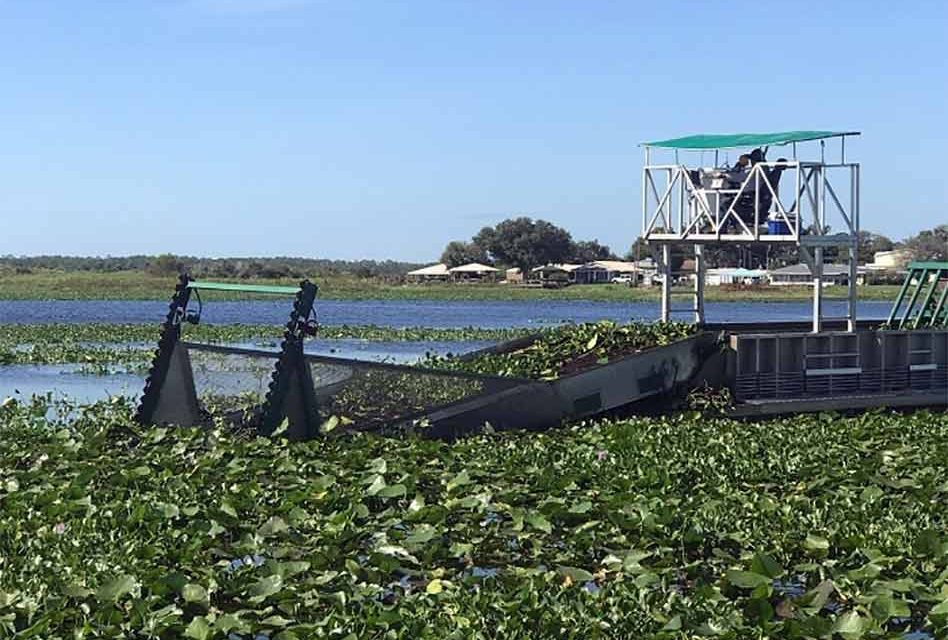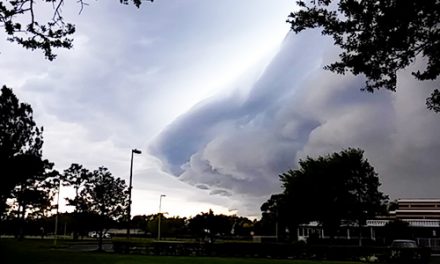The Florida Fish and Wildlife Conservation Commission (FWC), in cooperation with the South Florida Water Management District, is mechanically removing invasive floating plants and floating tussocks from the south end of Lake Kissimmee. The project is scheduled to continue through June.
Mechanical harvesters are being used to remove heavy mats of invasive floating plants and tussocks that are encroaching on the Highway 60 bridge and S-65 lock. The harvesters are working near the bridge and will move north, proactively removing invasive floating plants and tussocks that could move toward the structures.
Managing invasive aquatic plants is critical for quality habitat for fish and wildlife, recreational opportunities for the public, and maintaining navigation. Unmanaged invasive plants have a variety of negative impacts that can include reducing biodiversity and ecosystem health, impeding navigation, reducing water quality by outcompeting native vegetation, and causing flooding issues.
The FWC uses a variety of techniques, including biological controls, mechanical removal, and herbicide treatments to manage invasive aquatic plants in Florida. An integrative pest management approach using a combination of techniques to manage invasive plants will achieve the greatest results. While all these tools are important, the FWC is committed to reducing the use of herbicides where possible.
For general waterbody information, fishing forecasts, virtual tours, plant control operation schedules and annual work plans, boat ramp information, and more visit the “What’s Happening on My Lake” website at MyFWC.com/Lake.
To learn more about the FWC’s Aquatic Plant Management Program, visit MyFWC.com/AquaticPlants.
For more information about the project, contact Brittany Lay, FWC invasive plant management biologist, at 863-534-7074.


















